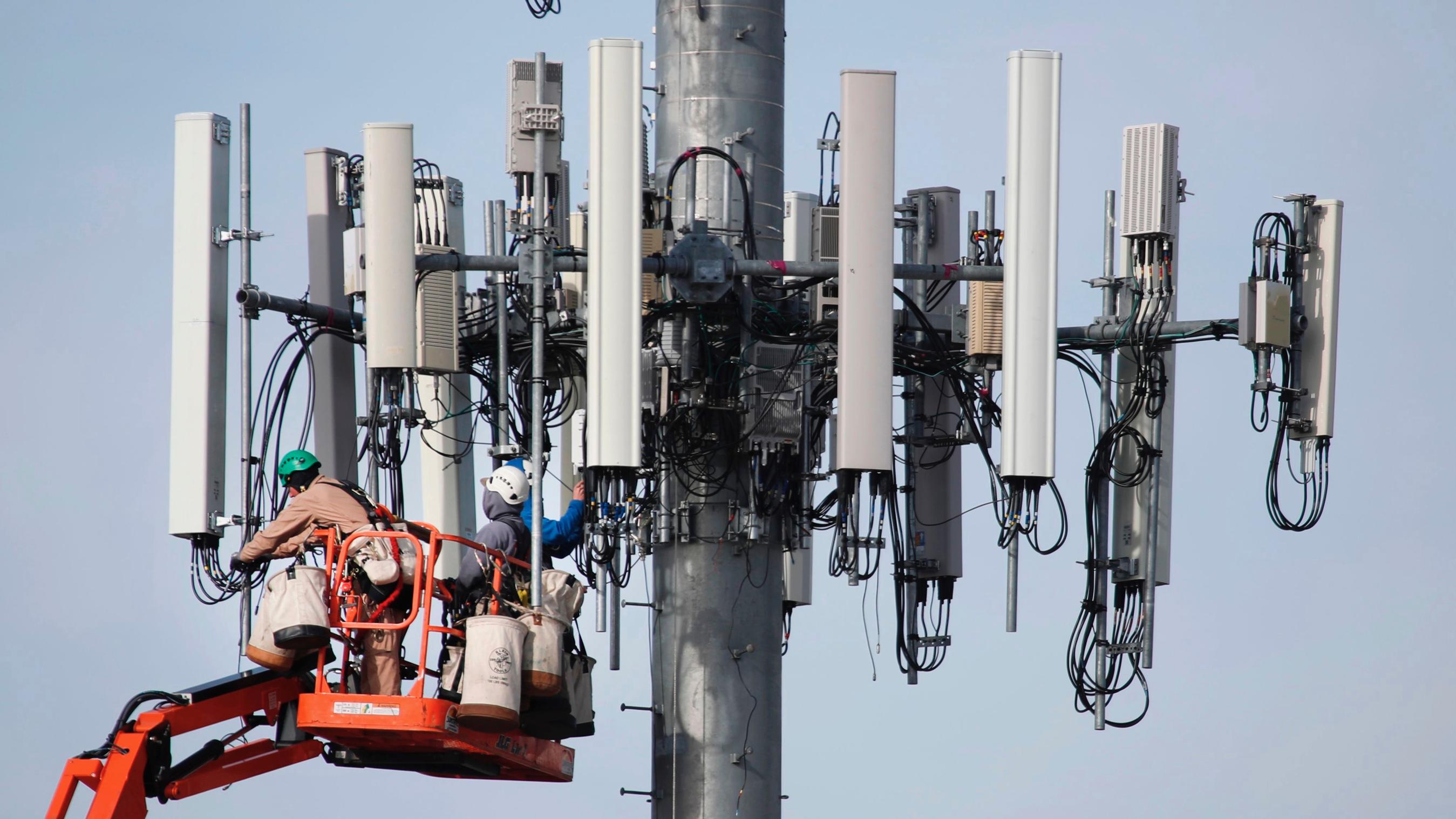If you've ever wandered through a town, you may have seen tiny 5G cell towers on the poles of street lights. They appear like tiny boxes however they're actually sending wireless signals from cellular providers to your mobile.
The smaller ones are being replaced by the larger built cell towers. While they're less noticeable, they still can cause issues for users.

The FCC's Radiation Exposure Thresholds
The FCC's Radiation Exposure Thresholds define the safe distance that a person can be exposed to electromagnetic radiation from wireless devices. The exposure limits are based on scientific data that show that RF energy can be harmful to health.
The absorption rate specific (SAR) is an indication of the radiofrequency energy absorbed by tissue. It's typically 1.6 Watts per kilogram calculated over one Gram of tissue.
Since safe distance from cell tower is able to transmit at higher frequencies this could be able to create more energy on the skin as well as other body areas. This could lead to various possible harms, such as an increase in development of skin diseases such as dermatitis, skin cancer and cataracts.
Due to the possible harmful effects of radiation from 5G, PSU has chosen to set a general localized limits on power density, which is 4mW/cm2 averaged across 1 centimeter, and never exceeding 30 minutes for all 5G services at 3000 GHz. This localized limit is in accordance with the maximum spatial-average SAR of 1.6 W/kg averaged over 1 g of tissue at 6 GHz.
what is safe distance from 5g tower for Maximum Exposure
If you've ever used a mobile phone, you're probably aware that the safest distance from the tower is at least 400 meters. This is due to the power of the transmission of the cell tower is significantly increased the further the tower is.
While this sounds like something that's good but the truth is that people living in close proximity to towers could be more susceptible to health issues. For what is a safe distance from a 5g cell tower , a study from 2014 in India found that residents who lived within 50m of cell towers had much more health problems than those who were away from the antennas.
This study showed that residents who moved into areas farther away from cell towers noticed their symptoms improve within a few days. Studies have also demonstrated that exposure to extreme frequencies of radiofrequency electromagnetic fields (EMFs) can lead to brain tumors, cancer as well as other health issues.
This is because RF radiation, which is utilized in wireless communications, may penetrate the human body's outer layer of skin. It is vital to be aware of this because the skin acts as a shield against injury to the body, infection from pathogenic microorganisms, as well as entry of toxic substances. Additionally, it is the most important organ of the human body, and is accountable for protecting other organs.
The FCC's Minimum Exposure Thresholds
The FCC's Minimum Exposure Thresholds rely on a variety of assumptions that aren't supported by scientific evidence. They include the false belief that exposures of a short duration to RF radiation are safe due to minimal radiation penetration in the human body (i.e. the heating of tissues).
The assumption is also ignoring the greater penetration of ELF parts of modulated RF signals, as well as the effect of short bursts of heat generated by RF waves that are pulsed. These assumptions are not in line with current understanding of the biological effects of RF radiation. As such, they should not be used for health protective exposure standards.
Additionally, the ICNIRP and FCC restrict their exposure limits to local peak SARs based on the peak speed of spatial absorption (psSAR) that is not a sufficient dosimetric tool to determine the degree of radiation exposure. Particularly the psSAR tool is not accurate for frequencies above 6 GHz. Furthermore, psSAR has not been tested for RF radiation that is exposed to other agents of the environment such like sunlight. In the event of interactions, RF radiation with other environmental agents could produce synergistic or antagonistic effects. This would result in the risk of having adverse health effects. For instance, exposure to RF radiation along with exposure to sunlight can increase the risk of developing skin cancer and exacerbate other skin conditions like acne.
